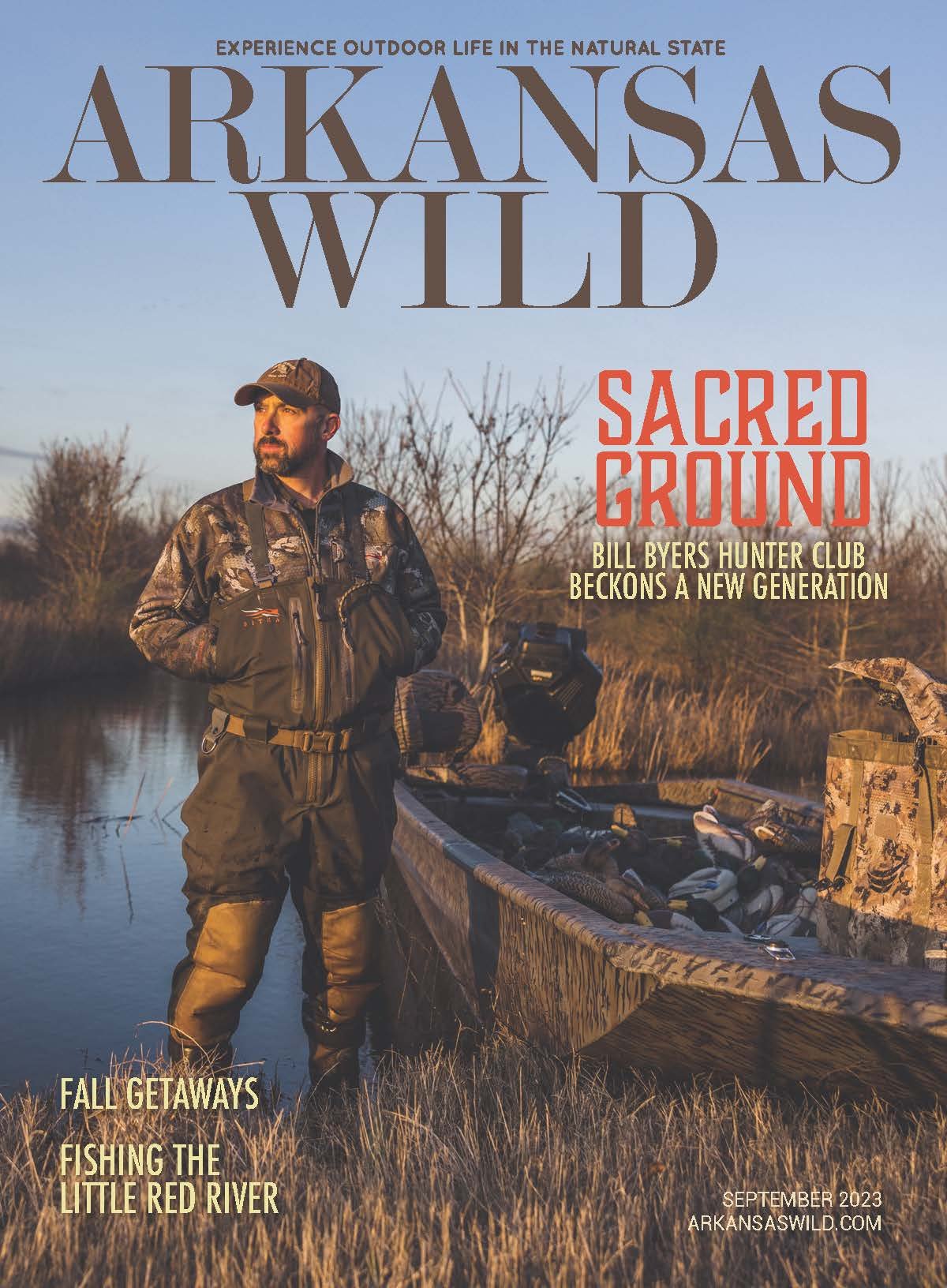Fish Culture in Arkansas
Fish hatcheries key to conservation
By Hailey Hudson
Smallmouth bass fingerlings, shown here, are just one species of fish raised at Arkansas hatcheries. - Photo Courtesy of: Arkansas Game and Fish Commission
An integral aspect of Arkansas’s conservation efforts and heritage are its fish hatcheries. Arkansas has five hard facilities and a net pen operation and these hatcheries support conservation in many ways.
“Hatcheries can be used to propagate and rear rare fish, mussel species and amphibians for augmentation purposes,” said Benjamin Batten, chief of fisheries at the Arkansas Game and Fish Commission. “Many federal hatcheries are used to support conservation and sustainability of species of greatest conservation need. There are at least 233 fish species that occur in the state [and hatcheries produced] 18 species in 2018.”
Hatcheries are a vital part of the state’s economy. According to Batten, direct expenditures in fishing equal around $500 million annually. The work performed also improves water quality throughout the state. “Fishing contributes to the health, wealth and well-being of Arkansans,” Batten said.
Production season for fish hatcheries starts in early March. Walleye spawn first; in April, bass, crappie and stripers follow. Forage species such as shiners, minnows and bream begin spawning in April and conclude by June, followed by catfish and finally grass carp.
“In a nutshell, a lot of species spawn in spring and early summer months and we harvest and stock 60 percent of total production throughout that time frame,” said Thomas Laird, AGFC assistant chief of fisheries (culture).
The day-to-day operation of a hatchery takes a lot of work. According to Laird, employees check water quality first thing in the morning, then harvest, sort and stock fish to give drivers enough time to distribute fish across the state. Tasks such as fertilization of ponds, feeding, chemical application and maintenance on grounds, buildings and equipment make up the rest of an average workday.
Arkansas’s fish hatcheries are an essential part of the state’s economy and provide a lot of jobs. But they’re also facing a host of challenges and issues. Most pressing is the problem of the facilities themselves. Aging infrastructure is a problem, Batten says, and repairs on the 40- to 90-year-old hatcheries will be expensive. Without the repairs, though, the hatcheries won’t be able to operate at full potential.
Laird agreed with Batten’s assessment, adding the fisheries division is working hard to do something about it. Two renovation projects are planned that will keep production numbers steady while lowering operational costs, and a new building to be built at the Joe Hogan hatchery in Lonoke allows flexibility for innovative culture techniques such as producing intensive advanced bass, crappie and catfish.
Where does Laird see Arkansas’s hatcheries in 10 years?
“I see a more modern culture system that is able to meet the conservation needs of our agency management staff and the anglers of this state,” he said. “A system with the flexibility to produce more species and numbers with a reduction in footprint and cost.”
Batten added AGFC hatcheries are currently used in many ways for recreational fishing augmentation. “However, if current negative trends in aquatic habitat alteration, invasive species expansion and climate change continue, we may have to shift our focus to more conservation-focused fish culture.”



